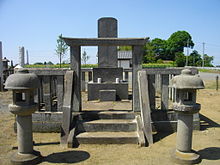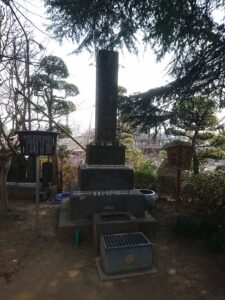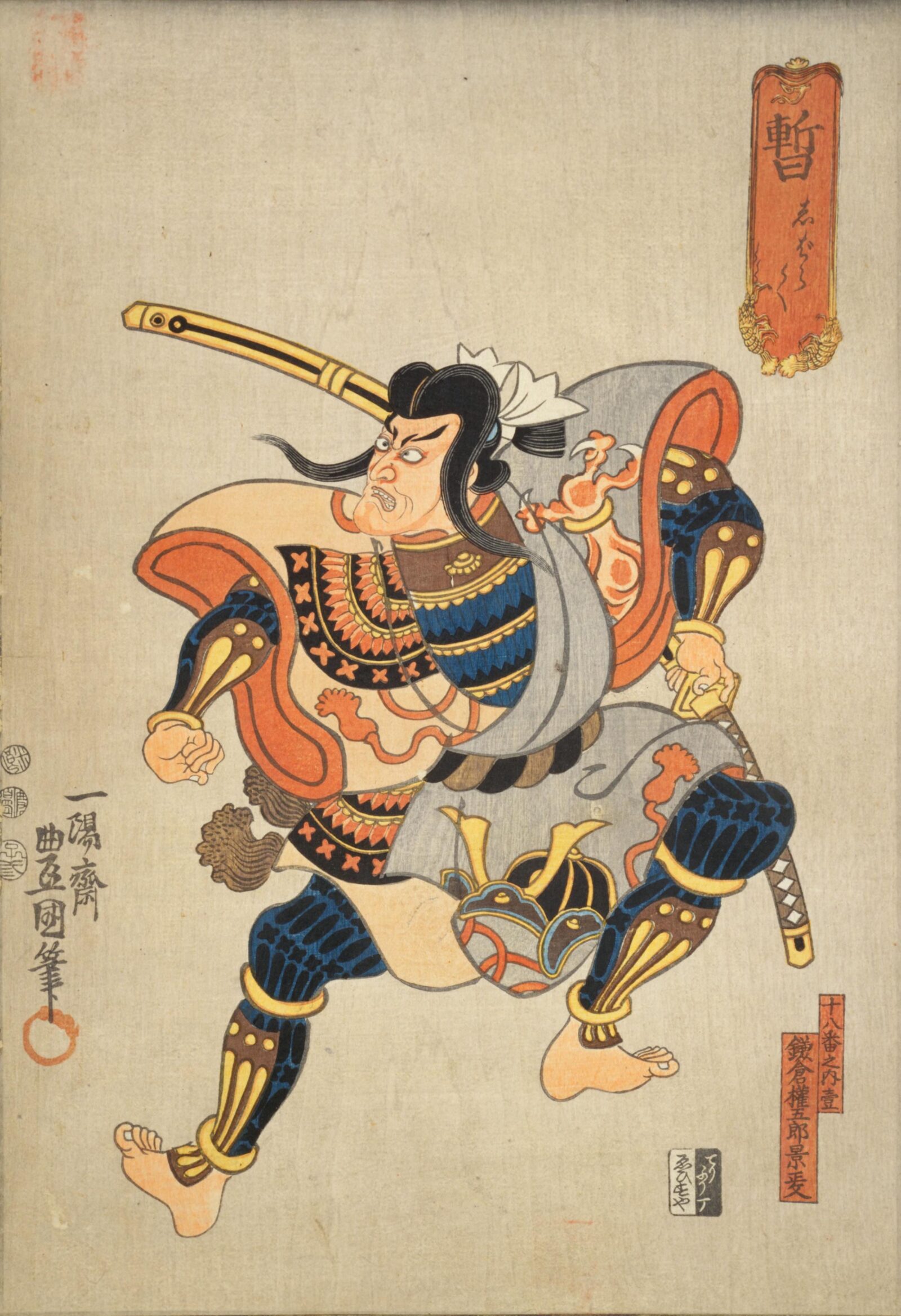This week, we’re talking about one of the last attempts to save the Tokugawa shogunate: the Tenpo Reforms of the 1840s, and their chief architect, the hard-partying Mizuno Tadakuni. What did he see as the most pressing problems Japan faced? How did he try to solve them? And how did this final attempt to salvage Tokugawa rule fail so badly?
Sources
Stanley, Amy. Stranger in the Shogun’s City: A Japanese Woman and Her World.
Totman, Conrad. “Political Succession in the Tokugawa Bakufu: Abe Masahiro’s Rise to Power, 1843-1845.” Harvard Journal of Asiatic Studies 26 (1966)
Beerens, Anna. “Interview with a Bakufu Official: A Translation from Kyuji Shinmonroku.” Monumenta Nipponica 57, No 2 (Summer, 2002)
Bolitho, Harold. “The Tempo Crisis.” in The Cambridge History of Japan, Vol 5: The Nineteenth Century. Edited by Marius Jansen.
Images







This episode isn’t showing up on the podcast app.